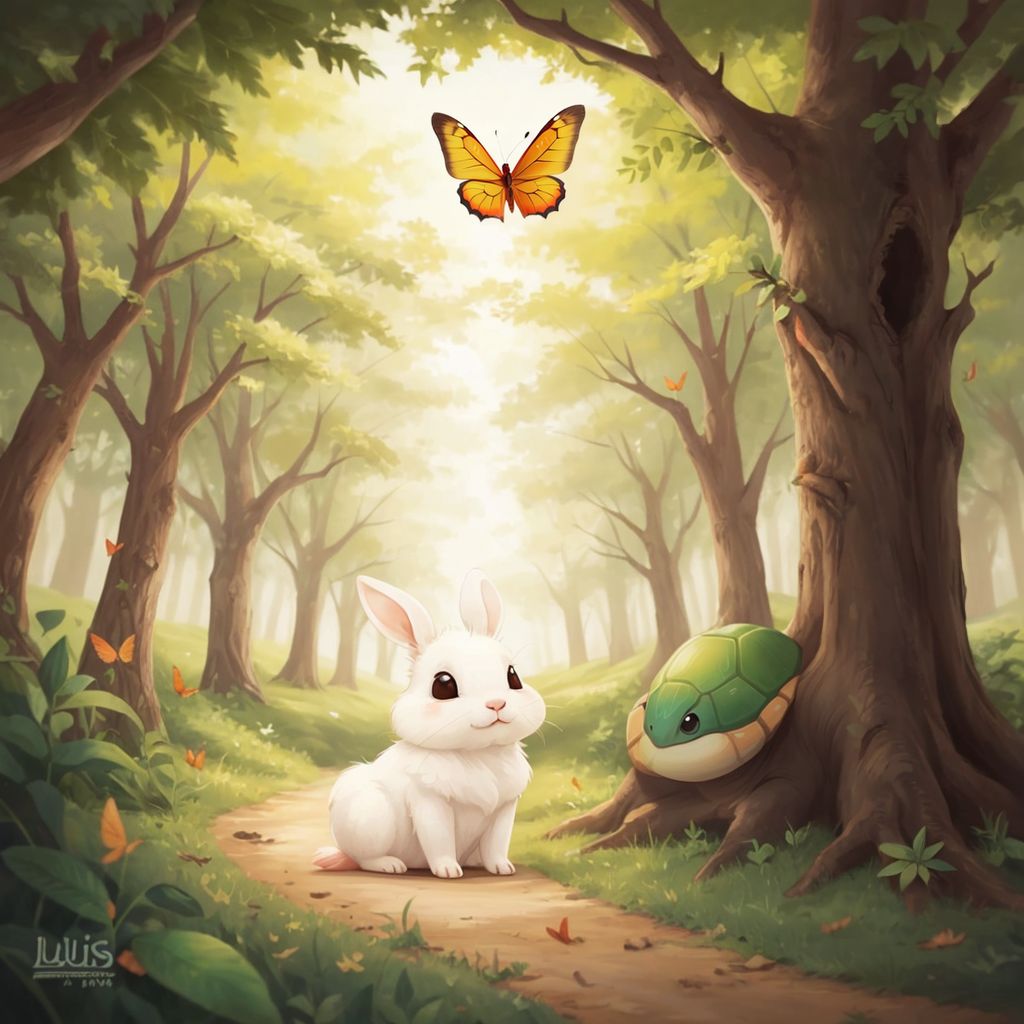

Recommend

Boy realizes that he doesn't like his messy room and decides to get organized

Big sister helps her baby brother to discover the new world
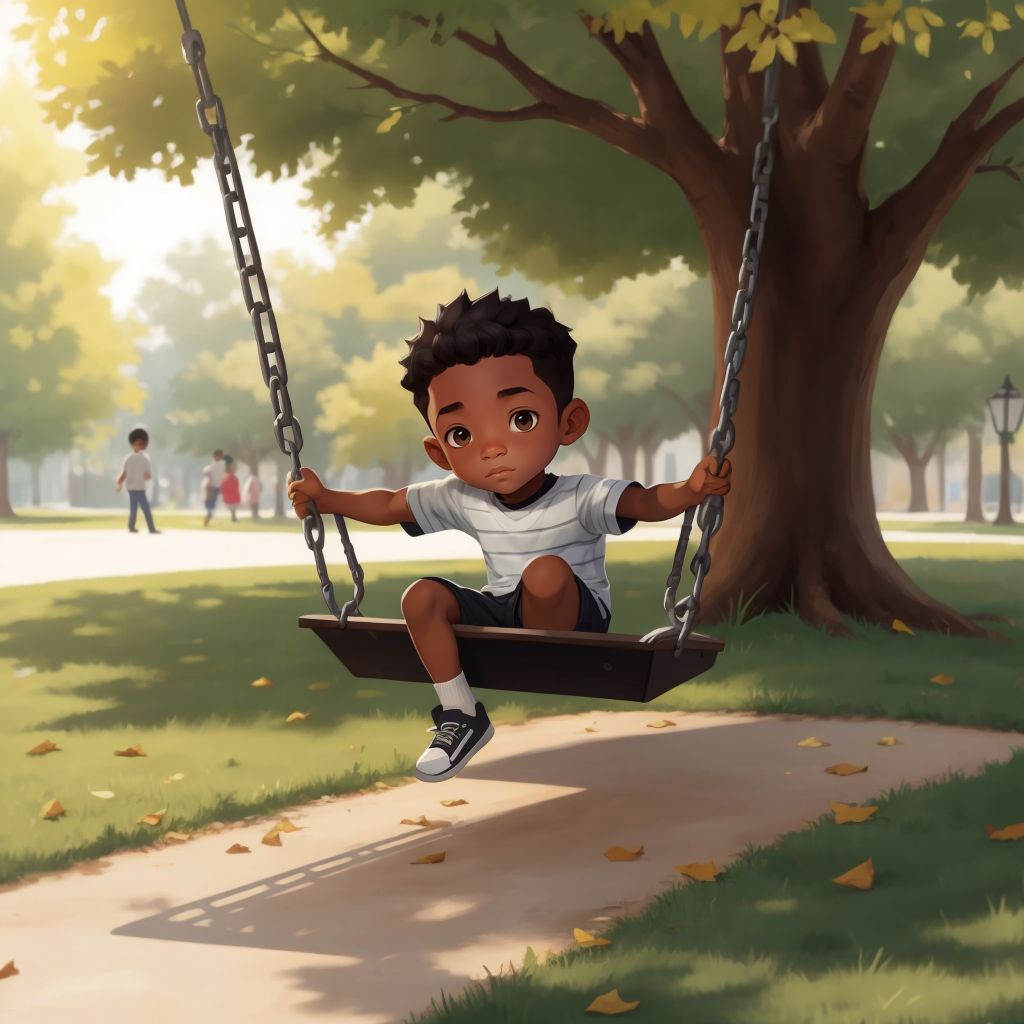
1. Jacob is kidnapped at the park. 2. Patricia and Emmanuella go to the police station to search for him. 3. Detective Kyle searches for clues at the park. He finds Jacob's phone, bag, and footprints. 4. Detective Kyle, Patricia and Emmanuella find a hut with the lights on in a forest. 5. Jacob finds Camilla trying to steal. 6. Patricia and Jacob go to visit Camilla in jail.

Alice wants to be an astronout and dont give up on her dream and become an astronout

¡Únete a Sofi en una mágica aventura que le enseñará el verdadero valor del presente! En "El Secreto del Ahora", Sofi es una niña curiosa con una mente que nunca para de pensar en el pasado y en el futuro. Un día, mientras explora un sendero misterioso en el parque, Sofi descubre un pequeño bosque encantado y conoce a un gatito dorado y sabio. El gatito le revela un secreto maravilloso: el poder de vivir en el momento presente. Con su ayuda, Sofi aprende a cerrar los ojos, respirar profundo y disfrutar de cada instante tal como es. A medida que explora el bosque y observa la magia que lo rodea, descubre cómo el ahora puede ser un regalo lleno de alegría y paz. "El Secreto del Ahora" es una historia encantadora que introduce a los niños en la magia del momento presente de una manera simple y accesible. Con ilustraciones coloridas y tiernas, este libro no solo entretiene, sino que también enseña una valiosa lección sobre la importancia de estar presentes y apreciar cada momento. Perfecto para niños de 4 a 7 años, este libro ayudará a los pequeños a comprender cómo la atención plena puede hacer que cada día sea especial y lleno de magia.
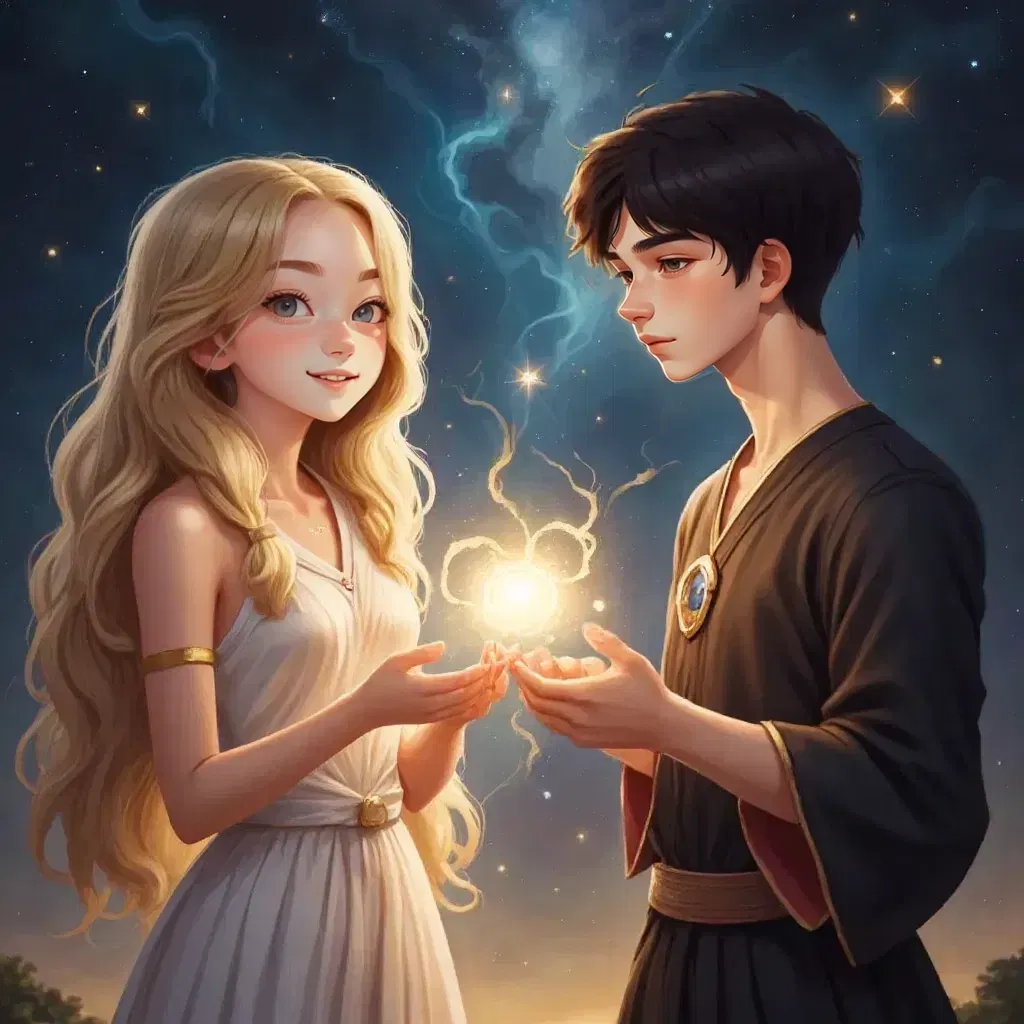
A long time ago, before the sun and moon created there's a two sibling; Tala that is Light/sun a beautiful blonde woman that has full of energy and the other one is Silas a man with a dark hair that looks mysterious that possess unique powers.They can create light in different ways. Tala created a warm and bright light that brought life to everything shes like the sun. while Silas created a soft and gentle light that calmed and helped others rest like the night.

Yara, an adventurous girl, stumbles upon a magical land where coins shimmer like stars. Intrigued, she discovers that each coin holds a lesson about budgeting and making wise choices. Guided by whimsical characters like Penny the Wise and Dime the Thrifty Troll, Yara embarks on a journey to master the art of managing her magical coins. Through enchanting adventures and challenges, she learns valuable lessons about saving, spending wisely, and making budget-friendly decisions. "Yara's Money Adventure: A Journey Through Budgetland" is a delightful tale that combines magic and practical financial wisdom, teaching young readers the importance of responsible money management in a fun and relatable way.

Nicholas is the son of parents who live to serve others. He grows up in 3rd century Greece developing a love for the ocean and fishing. During a trip to deliver food to a needy family, his parents die when their horse and carriage wrecks in bad weather. Once Nicholas becomes 19, God directs him to become a monk. He packs his bags and heads off on a boat to another town. On the boat trip, the weather becomes bad and a crewman falls overboard. Nickolas miraculously rescues him from drowning, earning him the name SAINT NICKOLAS from the other shipmates. He joins the monastery but soon is called back to his hometown of Myra. Once home, he discovers his parents have left him a very large inheritance and he chooses to give all the money to other in need. He secretly puts food and money in peoples homes in need. And in every present he leaves a note signed "Dinei O Theos" meaning "its better to give to others than to receive"
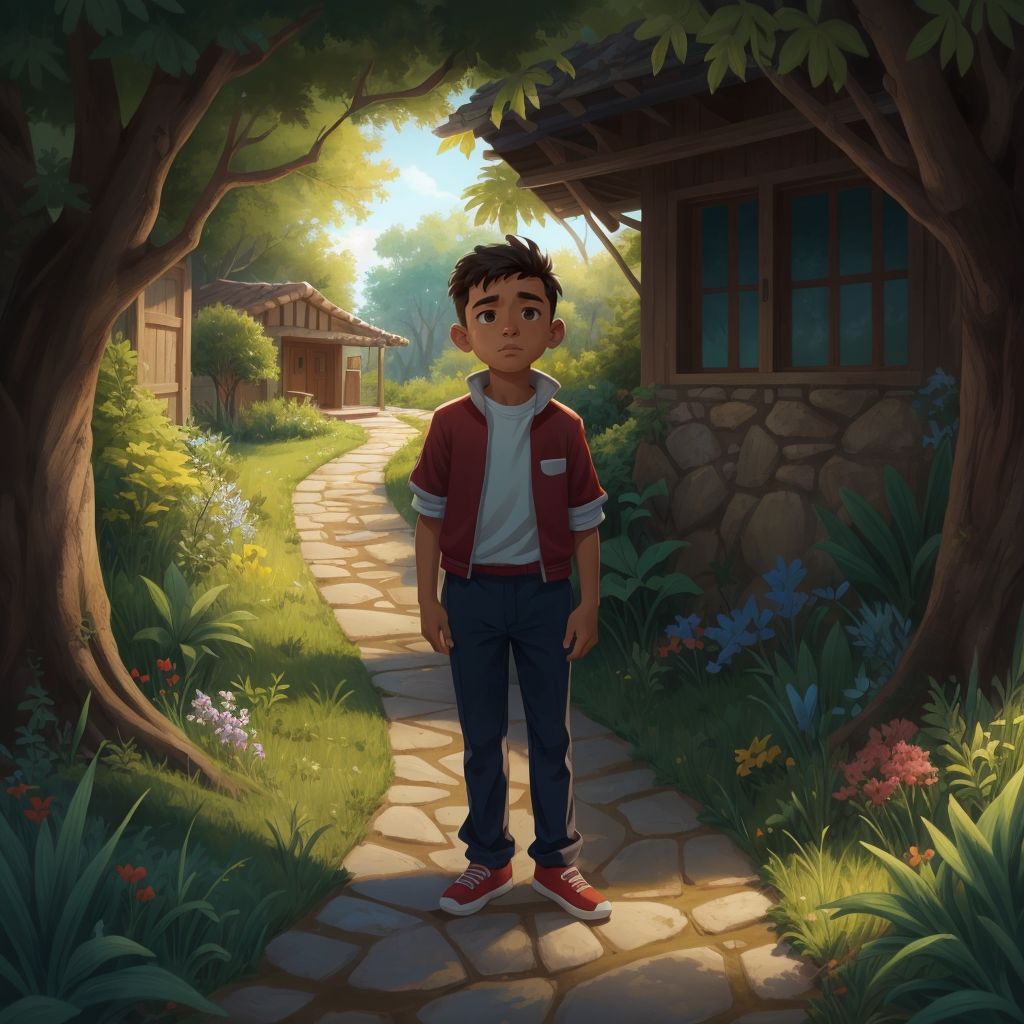
a boy adventures into a magical forest and meets magical creatures on the way and finds a hidden tressure in the forest

In Whispering Woods, a clever squirrel named Squeaky loved to gather acorns, leaves, and berries, keeping everything for himself. One day, a tiny bird named Chirpy, with a hurt wing, asked Squeaky for help to gather twigs for his nest. Squeaky, too focused on collecting acorns, refused. Later, Squeaky met wise Oliver the owl, who explained that the forest thrived on kindness. Ignoring the advice, Squeaky continued hoarding, only to find his acorns mysteriously disappearing. Panicked, Squeaky rushed back to Oliver, who reminded him of the forest's magic: “When you help others, the forest helps you in return.” Feeling guilty, Squeaky helped Chirpy build a cozy nest, and to his surprise, his acorns reappeared. From that day, Squeaky learned the true power of kindness, sharing his treasures and helping others. The forest grew brighter, and everyone was happier, as they all discovered that kindness is the greatest treasure of all.
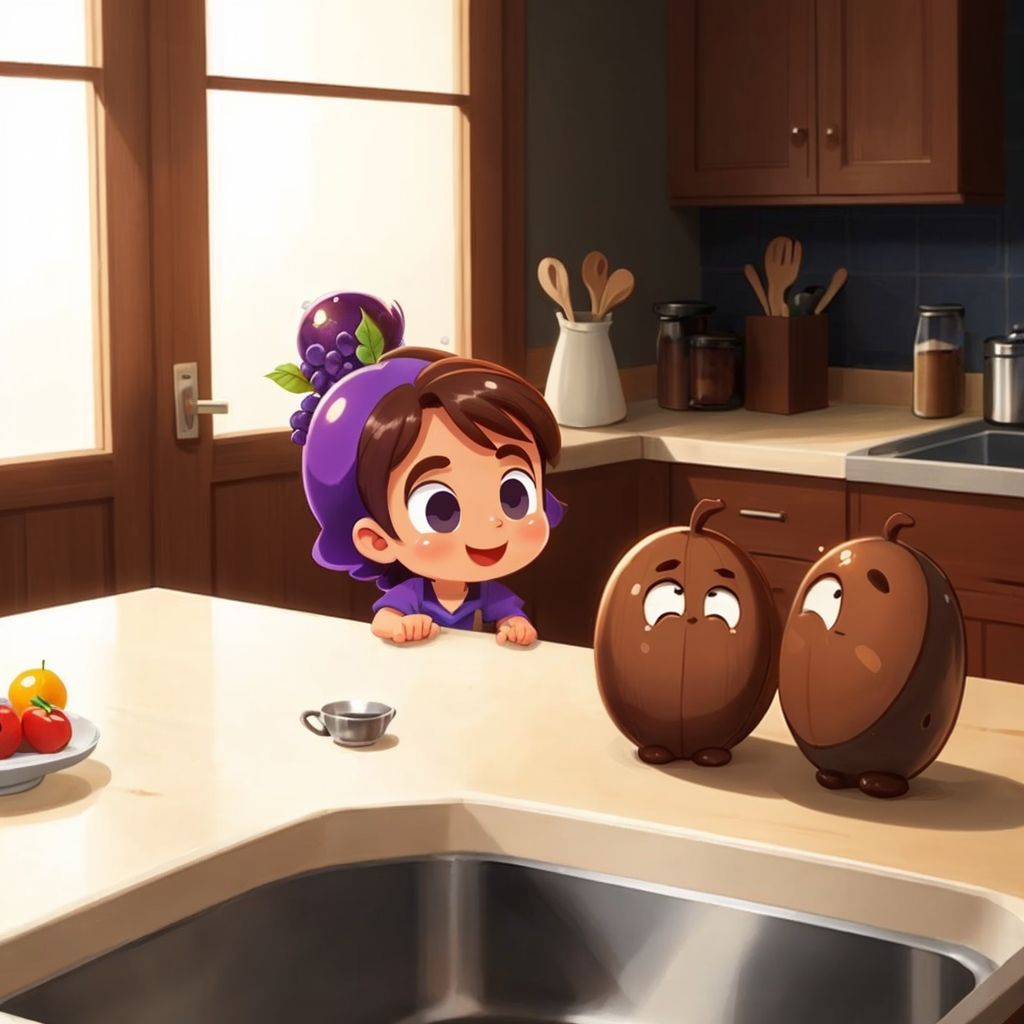
A young explorer sets out on an exciting adventure through mysterious lands, testing their courage and quick thinking.

a childrens story about how to practice safe body boundaries and how to spot unsafe behavior and safe and not safe touching
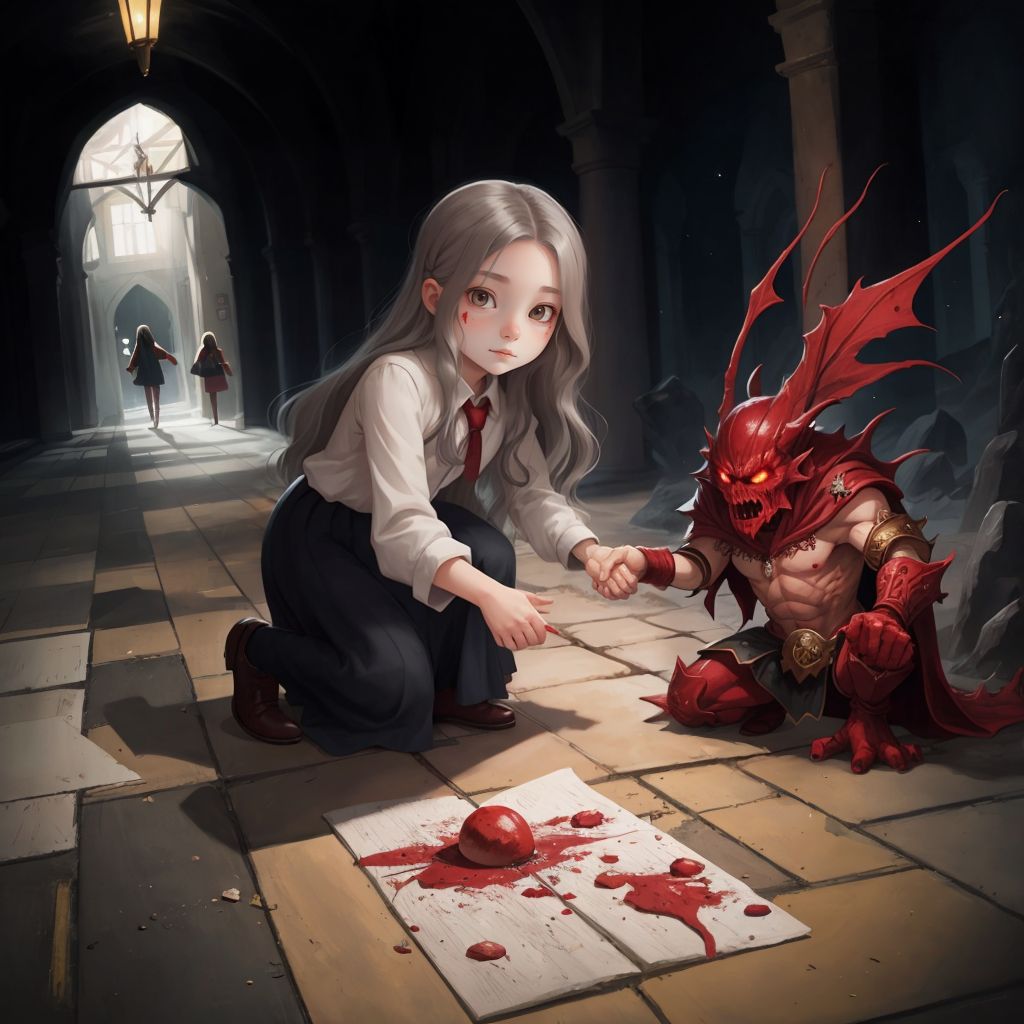
When Moon shook hands with Steve, Moon immediately spoke to her self, "Why is Steve's hand cold?…no-no, maybe my body temperature is warm."

Ali, Sara, and Amir find an old map that leads them to Shadow Island, a mysterious place that no one has heard of. However, upon arrival, they are attacked by strange shadows and trapped in a terrifying darkness. With a clue from an old book, they try to find a source of light to defeat the shadow. In a critical moment, they find a glowing crystal stone that finally saves them. The island is gone, but their experiences teach the meaning of courage, friendship, and self-belief.

1. A colorful dragonfly with shiny wings flies fast above a peaceful pond with tall grass and lily pads. The sun is shining, and the dragonfly looks proud. 2. A dragonfly flies above a frog sitting calmly on a lily pad. The dragonfly is laughing, while the frog smiles kindly, surrounded by water and plants. 3. The frog sits on a lily pad, speaking calmly to the dragonfly flying above. The frog looks wise and patient, while the dragonfly seems distracted, flying in circles. 4. Dark clouds cover the sky as strong winds blow across the pond. The dragonfly struggles to fly in the wind, while the frog watches from a lily pad, ready to help. 5. The frog holds out a big leaf to help the dragonfly, who is clinging to it while being pulled to safety. Rain pours down, and the dragonfly looks tired but relieved. 6. The dragonfly and frog sit together on a lily pad, both wet from the rain but safe. The dragonfly looks sorry, while the frog listens kindly, and the storm has passed. 7. The dragonfly and frog are enjoying the peaceful pond together. The dragonfly is flying gently above, and the frog is sitting on a lily pad, both happy under a bright sunset.

Prayer is a way to talk to God, just like talking to a friend or a parent. Emphasize that God is loving and wants to hear from them. This aligns with the teaching that prayer is a natural yearning from the soul, as noted by Pope Francis, who emphasizes the importance of humility and sincerity in prayer

Baby Girl happily living on a farm

1. daria ve dario iki sevgili sabah saat 9 da kalkarlar 2. dario üstünü giyinip kahvaltı hazırlar 3. daria ise ispanyolca kursuna gitmek için okul çantasını hazırlar 4. birlikte bisikletle okula giderler 5. daria arkadaşlarıyla birlikte ispanyolca öğrenir
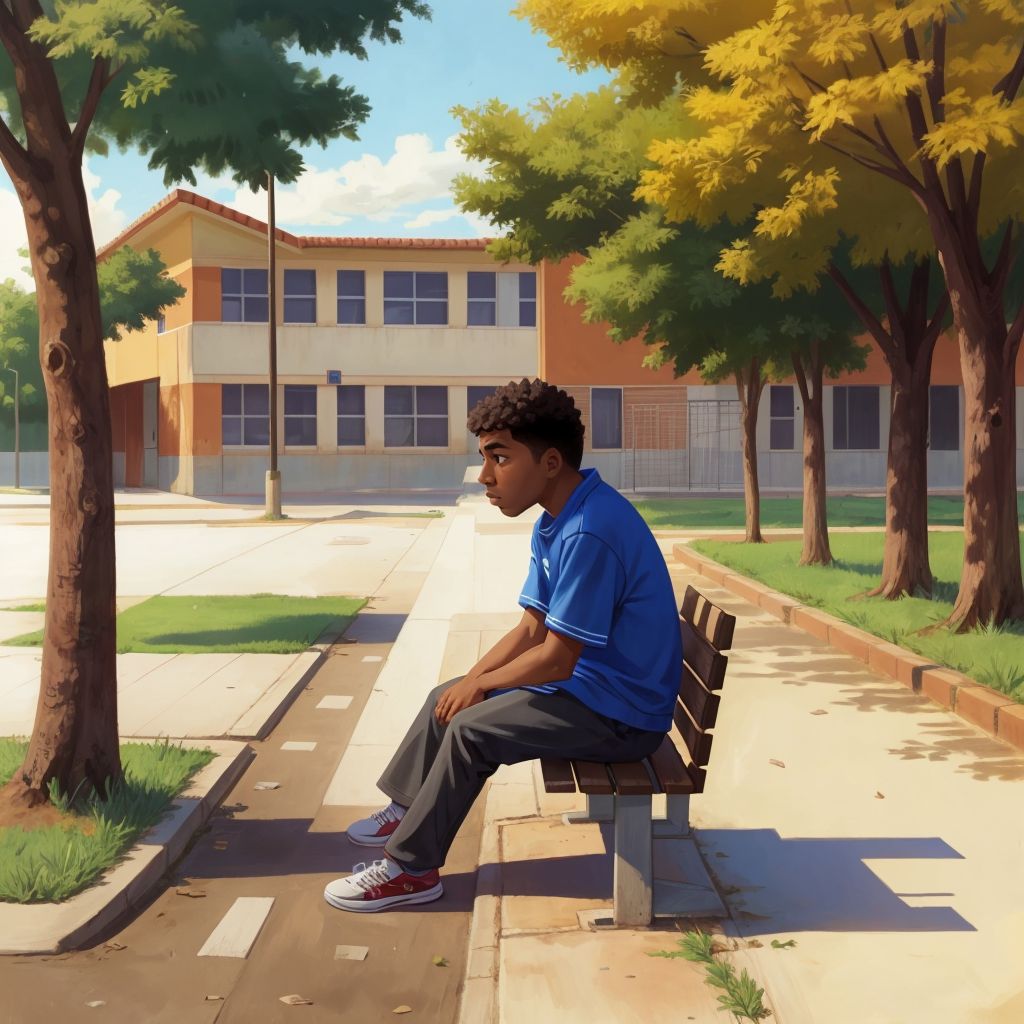
An African American super hero saves a african american little boy thats getting bullied at school for not having a haircut due to family struggling and hardship. KUTS the Super Hero will help build up his self esteem with a fresh haircut and new style.

Cookie & Nibbles have a luxurious adventure in Dubai at Palm Jumeirah, The Royal Atlantis, Burj Khalifa in their Lamborghini
